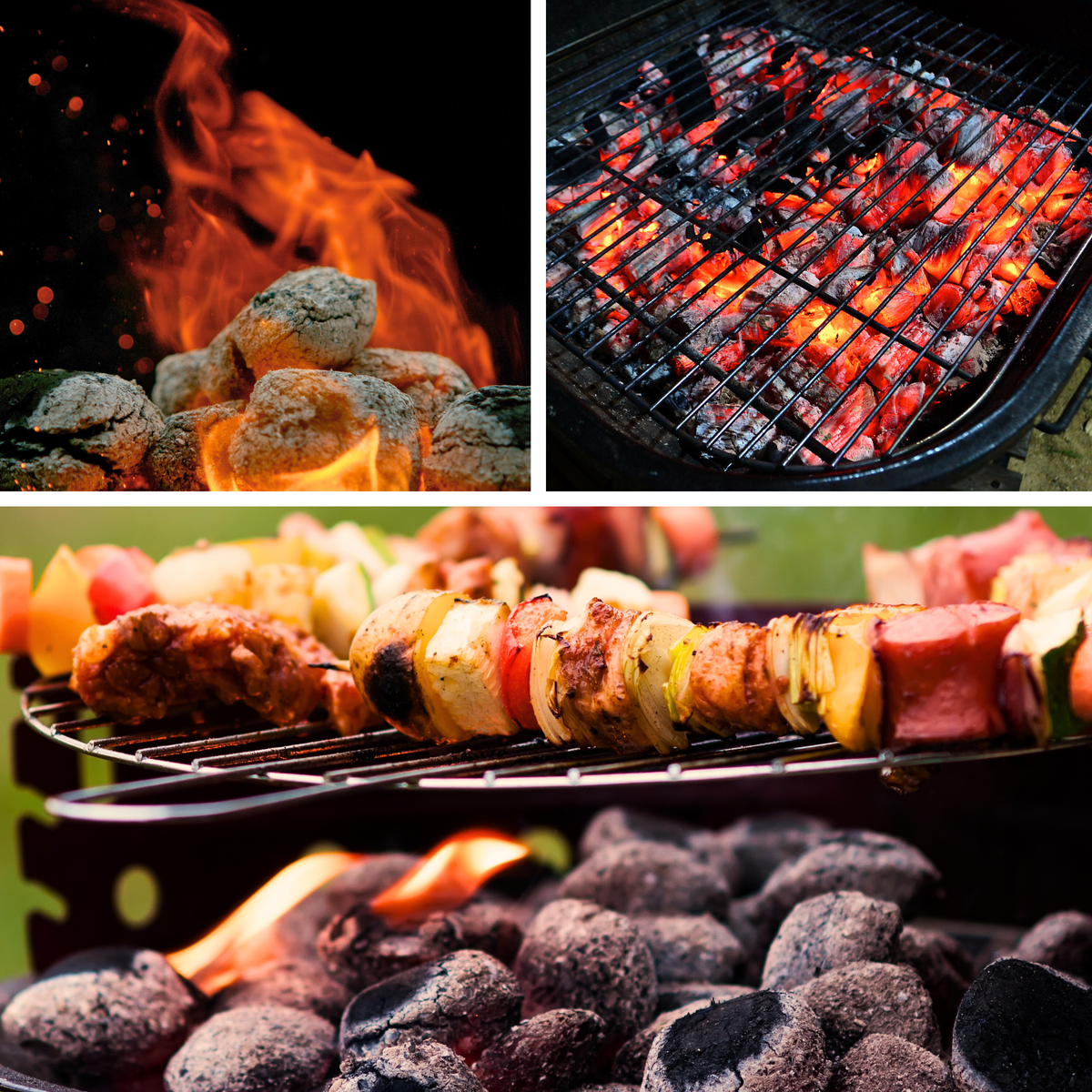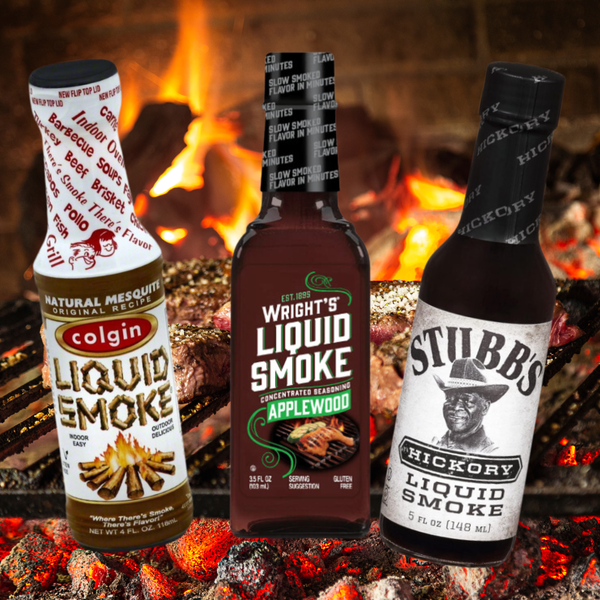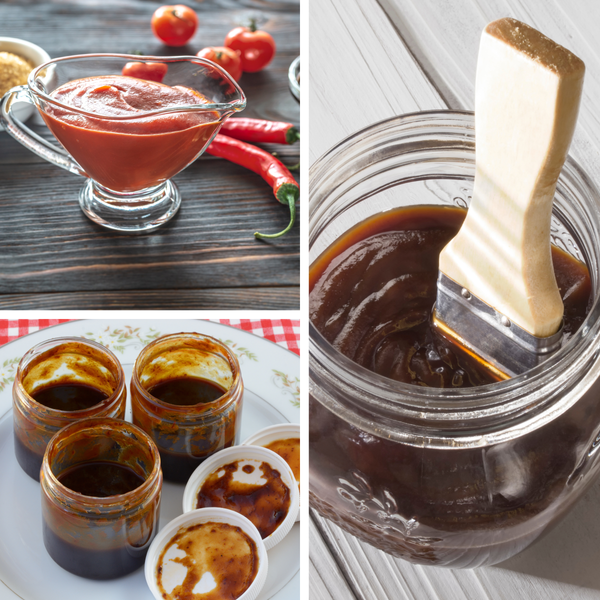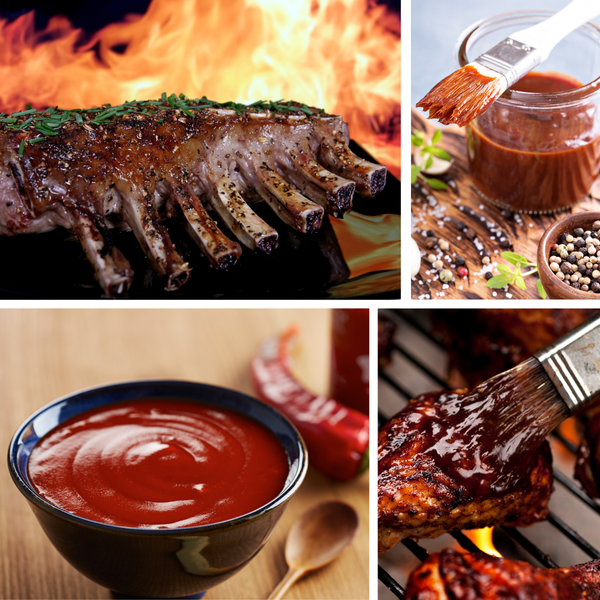Grilling over charcoal can be a rewarding experience, infusing your foods with that classic smoky flavor that's hard to replicate with a gas grill. However, knowing exactly when your charcoal grill is ready for cooking is crucial for barbecue success. This informative guide will walk you through the signs to look for and the steps to ensure your grill is at the perfect temperature for your grilling needs.
Key Takeaways:
- Recognize the visual cues that indicate charcoal readiness, such as ash-covered briquettes and a consistent glow.
- Understand the importance of waiting for the charcoal to reach the right temperature before starting to cook.
- Learn how to use tools like a chimney starter to expedite and simplify the process of heating your charcoal.
The Initial Setup
Before you can determine if your charcoal grill is ready, you need to start the fire correctly. Begin by arranging your charcoal briquettes or lump charcoal in a pile at the center of the grill. If you're using lighter fluid, apply it to the coals and wait about 30 seconds before lighting to allow the fluid to soak in. For a more natural approach, consider using a chimney starter, which requires just a few sheets of newspaper and eliminates the need for chemical accelerants.
Visual Cues: Ash and Glow
After lighting your charcoal, the first thing to look for is the change in appearance. Charcoal ready for grilling will have a layer of gray ash covering the briquettes and will exhibit a consistent, orange glow. This transformation typically takes about 15-20 minutes. The ash signifies that the surface is hot enough, while the glow indicates that the heat is penetrating through the coals.
Timing is Everything
Patience is key in the charcoal grilling process. Rushing to start cooking before the coals are ready can lead to undercooked or unevenly cooked food. Wait until the majority of the coals are covered in ash and the flames have died down. This is a clear sign that the coals are at their peak temperatures and are ready to distribute even heat across the grill's surface.
The Hand Test
A simple, yet effective method to test the heat of your grill is the hand test. Carefully hold your hand about six inches above the grill grates and see how long you can comfortably keep it there. If you can hold it for about 2 seconds, the grill is at a high heat. If you can hold it for about 5 seconds, it's at a medium heat. This test gives you a rough estimate of the grill's temperature without the need for a thermometer.
Using a Chimney Starter
A chimney starter is a tool that can make the process of getting your charcoal ready much easier. Fill the chimney with about the same amount of charcoal briquettes as you would normally use, and light the newspaper at the bottom. The chimney's design encourages airflow, which helps the charcoal to burn more evenly and quickly. Once the coals are covered in ash, you can spread them out on the grill.
Managing Flare-Ups and Flames
During the initial burning period, you may see flames licking the edges of your charcoal pile. This is normal, but you should wait for these flames to subside before you start cooking. If you're using wood chips for added flavor, make sure they are soaked in water beforehand to prevent them from burning up too quickly.
The Spread Technique
Once your charcoal has reached the desired state, it's time to spread them out. For foods that require high heat, spread the coals evenly across the bottom of the grill. If you're cooking foods that benefit from lower temperatures or require indirect heat, bank the coals to one side or create a ring around the perimeter of the grill. This will give you more options for controlling the cooking process.
Lid On or Lid Off?
The decision to cook with the lid on or off can greatly affect the temperature and taste of your food. With the lid on, the grill can reach higher temperatures and the food will cook more evenly. It also helps to trap the smoke, which enhances the barbecue flavor. However, for foods that need a quick sear or are prone to burning, leaving the lid off might be the better option.
Summary
Knowing when your charcoal grill is ready is a combination of visual cues, timing, and a bit of intuition. Look for the ash-covered coals with a steady glow, use the hand test to gauge heat, and don't rush the process. Tools like a chimney starter can simplify the task, and understanding how to manage your coals can give you the versatility to cook a wide range of foods to perfection. Remember, a well-prepared grill is the foundation of a great barbecue experience.
FAQ Section
Q: How long should I wait after lighting the charcoal before I can start cooking?
A: Typically, you should wait about 15-20 minutes for the coals to become ash-covered and for the flames to die down. This indicates that the charcoal is at the right temperature for cooking.
Q: Can I use a gas grill instead of a charcoal grill?
A: Yes, you can use a gas grill, but the process for determining readiness differs. Gas grills heat up faster and have more precise temperature control, but they won't impart the same smoky flavor as a charcoal grill.
Q: How much charcoal should I use for my grill?
A: The amount of charcoal you'll need depends on the size of your grill and the amount of food you're cooking. A good rule of thumb is to cover the grill bottom with a single layer of charcoal, or about a chimney's worth, for standard cooking needs. Adjust accordingly for larger quantities of food or for higher heat requirements.










